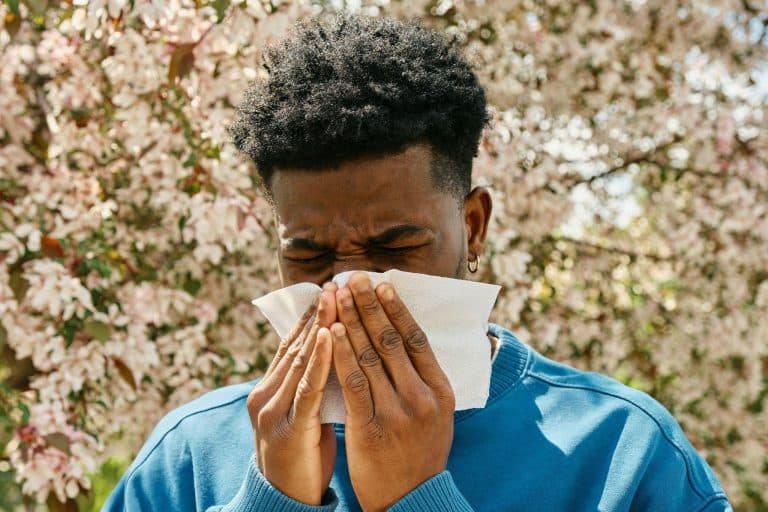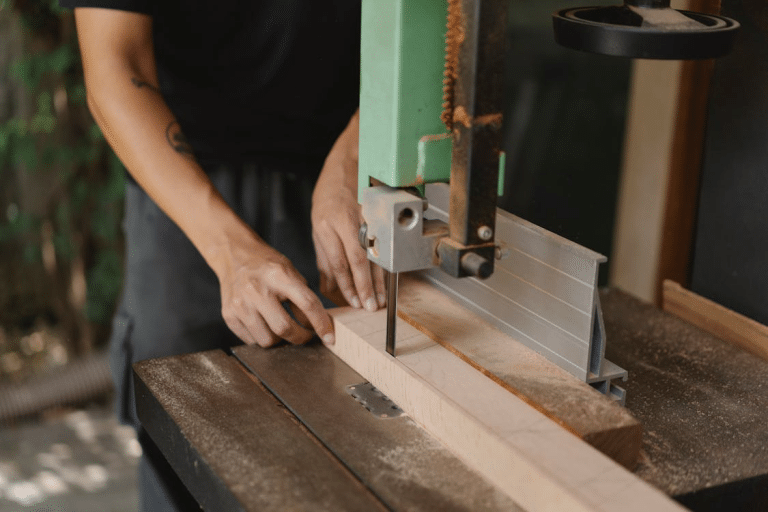Gardening and maintaining a home can be a great source of joy, fresh air, greenery, comfortable living spaces, but for many, allergens lurking in both garden and indoors turn that joy into sneezes, irritation, or worse. Whether you’ve been advised by a nutritionist specializing in autoimmune disorders near me who emphasized the importance of reducing environmental triggers, or you simply want to make your garden and home kinder to sensitive lungs and skin, there are many natural, doable steps you can take. Below are proven tips, plant selections, and maintenance strategies to help you reduce allergens without going overboard on chemicals or cost.
What Causes Allergens in Garden & Home
Allergens in the garden and home come from various sources: pollen from plants, mold from damp surfaces, dust mites in bedding, pet dander, and even odors trapped in carpets or rugs. Seasonal changes make matters worse, spring pollen, humid summers that encourage mold, and fall leaves that trap moisture are all common culprits.
When moisture builds up, or when air doesn’t circulate, these allergens increase and linger. The first step to management is identifying what affects you, seasonal pollen? pets? damp basements? Once you know that, the natural methods become much more effective.
Home Indoor Allergen Controls
Even if your garden is well-kept, your home can undermine all your efforts if allergens build up there. Indoor dust, dampness, and odors often trap allergens and keep them circulating.
3. Floors, Carpets & Fabrics
Carpets are often major traps for dust, pet dander, mold spores, and odors. Using a good odor eliminator powder for carpet can help neutralize trapped smells that also attract bacteria or hold moisture. Beyond that:
- Vacuum regularly with a HEPA or high-quality filter vacuum.
- If possible, replace wall-to-wall carpet in bedrooms with hard flooring (wood, tile, or laminate), or use low-pile rugs that can be washed.
- Wash curtains, bedding, and linens in hot water (at least 60°C / 140°F) to kill dust mites and reduce allergen load.
- Choose hypoallergenic pillow covers and mattress protectors for an added layer of defense.
4. Moisture Control & Ventilation
- Keep humidity in your home between 30–50%. Use dehumidifiers in damp areas (basements, bathrooms).
- Fix leaks promptly, roofs, walls, or even small window cracks can create mold breeding grounds.
- Ventilate: open windows during low pollen periods; use exhaust fans when cooking or after showering. Air circulation prevents allergens from settling and multiplying.
5. Pets, Cleaning & Routine

Image from Unsplash
- If pets are in the home: bathe and groom them regularly; keep them out of bedrooms if possible; wash their bedding weekly.
- Use natural cleaning agents where possible. Heavy chemical fragrances often irritate sensitive respiratory systems.
- Dust with damp cloths instead of dry dusting, which stirs up allergens into the air.
- Stick to a routine: regular vacuuming, mopping, and fabric washing are simple but powerful in allergen reduction.
Practical Steps to Reduce Allergens
Here are actionable ideas, many are things you can do with ordinary garden tools, household cleaning supplies, and consistent routines.
1. Garden & Plant Choices
- Pick low-pollen plants: Choose female trees or cultivars that don’t release as much pollen; avoid heavily pollen-producing species like maples, birch, or certain grasses.
- Native plants: Use plants adapted to your climate. These often produce fewer allergens and typically require less chemical support, which means a healthier environment overall.
- Mulch carefully: Organic mulches (leaf mulch, shredded bark) are great but can harbor mold if overly damp; consider using rock, gravel, or well-composted mulch for better allergen control.
2. Timing & Outdoor Practices
- Do yard work (like mowing, trimming, weeding) late in the afternoon or after rain to reduce airborne pollen.
- Wear protective gear: gloves, a simple mask when pollen counts are high, and long sleeves to prevent direct contact and inhalation of allergens.
- After outdoor work, change clothes and shower to avoid bringing pollen and spores indoors, a small step that makes a big difference.
What Experts Suggest & Further Reading
For more detailed, research-based recommendations, the American Academy of Allergy, Asthma & Immunology has practical resources on Allergy-Friendly Gardening to help homeowners reduce pollen exposure through smarter plant choices.
The American College of Allergy, Asthma & Immunology (ACAAI) also offers an Environmental Allergy Avoidance guide that highlights everyday strategies for managing dust mites, pet dander, mold, and more.
Reducing allergens in your garden and home doesn’t require major renovations or expensive products. With consistent care, smart plant choices, frequent cleaning, odor & moisture control, and an eye on air quality, you can enjoy your yard and indoor spaces more fully, fresh air, fewer sniffles, and greater comfort. When combined with any medical or nutritional guidance (especially from a nutritionist specializing in autoimmune disorders near me when needed), these natural strategies can create a healthier, more inviting living space for the whole family.













